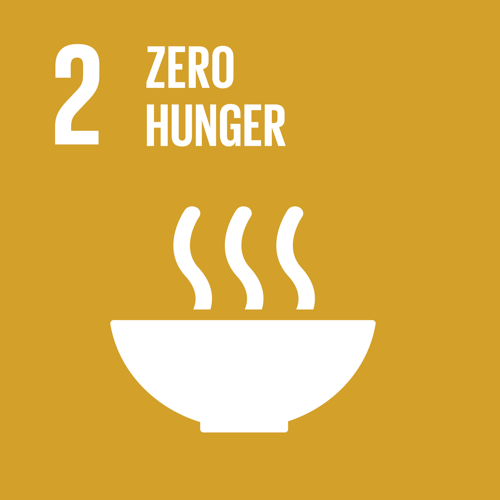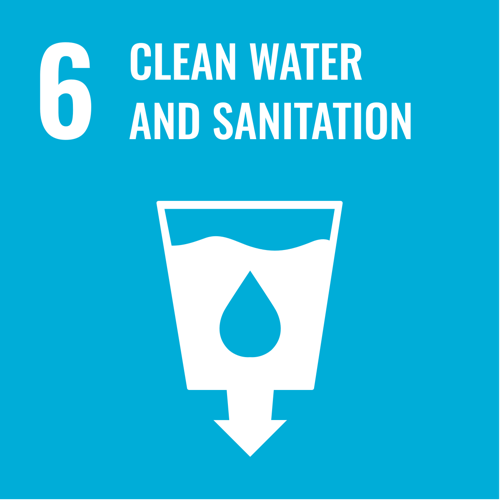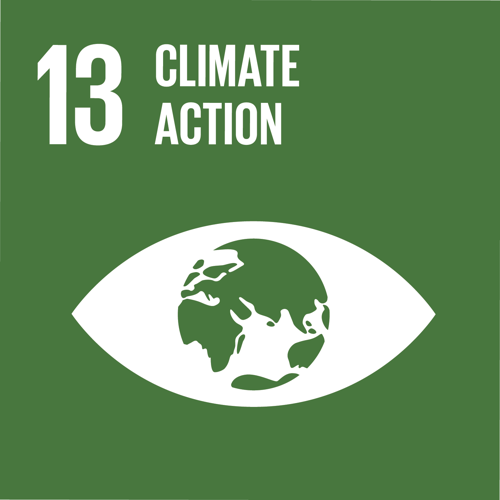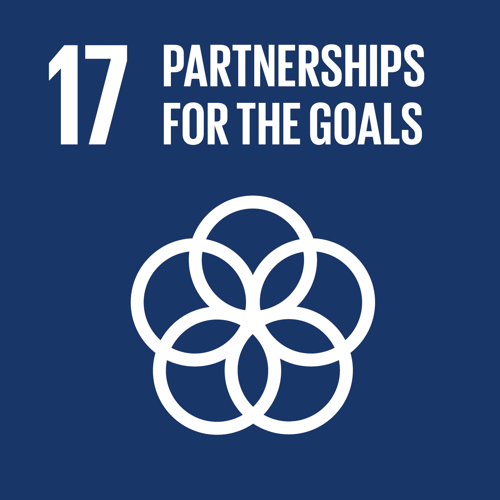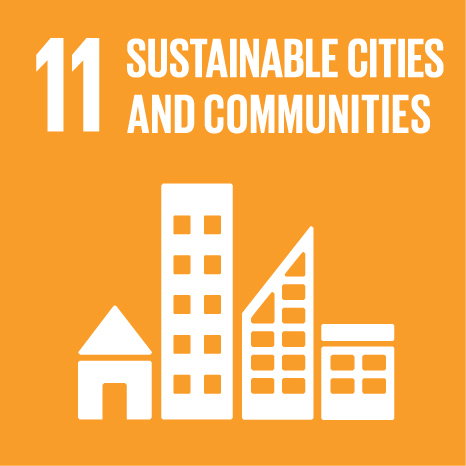Transforming Irrigation Systems in Southern Africa (TISA): Lessons from a Decade-Long Intervention
A special issue of the International Journal of Water Resources Development highlights how the TISA project has empowered farmers to transform their irrigation practices, offering critical reflections and key learnings.
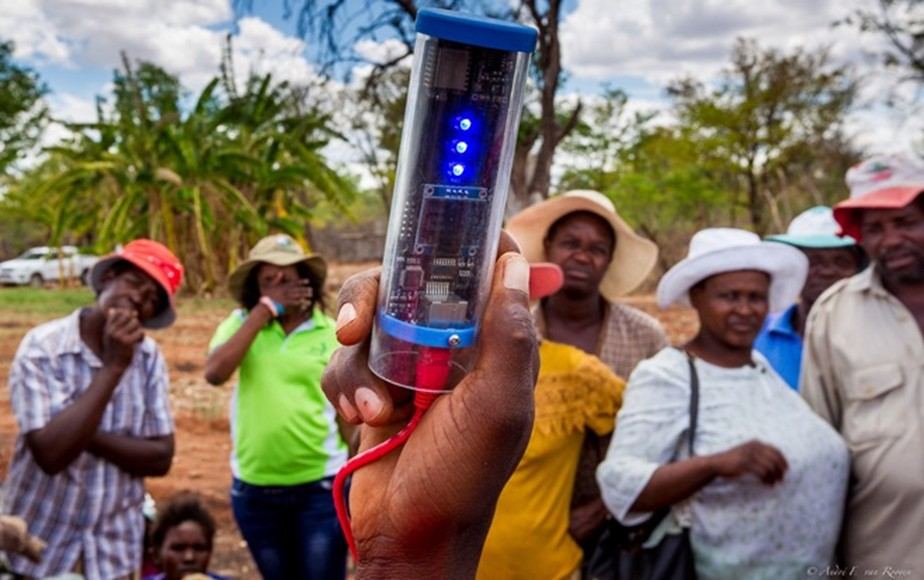
The decade-long Transforming Irrigation Systems in Africa (TISA) project, which ran from 2013 to 2023, has reshaped irrigation practices, turning small-scale farming into sustainable, climate-resilient enterprises.
Funded by the Australian Centre for International Agricultural Research (ACIAR) and spearheaded by the Australian National University (ANU) in collaboration with the International Crops Research Institute for the Semi-Arid Tropics (ICRISAT) and the University of South Australia (UniSA), TISA spanned three African nations—Tanzania, Mozambique, and Zimbabwe.
Winner of the 2022 EFMD Excellence in Practice Gold Award in the Ecosystem Development category, the project adopted a two-pronged strategy to strengthen smallholder irrigation systems:
- Utilizing soil moisture and nutrient monitoring tools to enhance irrigation management; and
- Establishing Agricultural Innovation Platforms (AIPs) to address productivity challenges in the region.
"This project is unique in driving systemic change, empowering farmers to solve problems on the ground. The published special edition offers trailblazing insights into the scientific literature on theories of change, socio-technical interventions, and capacity development," stated Dr Stanford Blade, Deputy Director General - Research and Innovation, ICRISAT.
"The impact of TISA’s interventions in promoting more resilient and sustainable farming practices is evident across all three project countries. Our learnings show that farmers experienced improved water productivity, higher yields, increased gross margins, and enhanced household incomes—benefits that persisted even after the intervention," said Dr André VanRooyen, Deputy Regional Director for East and Southern Africa (ESA), ICRISAT.
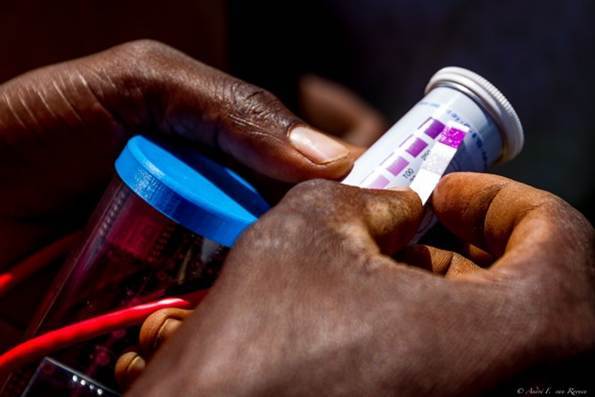
Key Results by Country
Zimbabwe
- Increased Water Productivity: Maize water productivity rose fivefold, from 0.20 kg/m³ (2013/14) to 1.28 kg/m³ (2017), before declining to 0.98 kg/m³ (2021/22) due to COVID-19 restrictions.
- Enhanced Rainfall Contribution: Rainfall’s share of total crop water increased from 20% (2013/14) to 75% (2020/21), restoring irrigation’s role as a supplementary water source.
- Improved Water Use Efficiency: Most farmers increased the time between irrigation events and shortened each session, lowering water consumption, time savings, and reduced fertilizer leaching.
- Widespread Adoption of Irrigation Practices:
- Only 20% of farmers received water and nutrient monitoring tools, but nearly 60% adopted new irrigation practices by 2017.
- 77% of these early adopters made further improvements in production efficiency between 2017 and 2021.
- 94% continued using the new practices in 2021, and almost 81% of surveyed farmers had modified their irrigation methods
- Greater Crop Diversification: 28% of TISA farmers adopted new crop types, compared to 12% of non-TISA farmers, driven by higher market demand and better prices.
Mozambique
- Agricultural Innovation Platforms (AIPs) & Stakeholder Engagement: Over 10 years, nine AIP meetings were held, including one district-level AIP meeting to support irrigation scheme development. Researchers and farmers collaboratively mapped six irrigation schemes, defining plot boundaries, scheme infrastructure, and ownership details.
- Sustained Effectiveness of the Intervention: In 2013, 20 farmers started using soil moisture and nutrient monitoring tools; by 2021, 75% of all scheme farmers had made irrigation changes. Evidence shows long-lasting adoption and continuous learning, reinforcing the intervention’s effectiveness.
- Farmer-to-Farmer Learning & Yield Improvements:
- Both soil moisture and nutrient monitoring tool users and non-users saw crop yield increases and reduced water use, lowering fertilizer leaching, confirming farmer-to-farmer learning.
- During 2018/19, non-users faced a sharper yield decline (26%) compared to tool users (16%). After COVID-19 (2020/21), yields dropped by 34% for non-users and 15% for tool users, likely due to better financial resilience among tool users, allowing them to afford rising input costs.
- Adapting to Market Demands: The AIP sessions improved market linkages and information flow, encouraging many farmers to grow new crops like green maize, cabbage, sugar beans and cucumber. This highlights their adaptability and the positive impact of AIP in responding to market demands.
Tanzania
- AIP Sessions & Stakeholder Engagement: Between 2014 and 2022, around 10 AIP sessions were conducted, engaging 530 participants. These sessions helped identify key challenges, such as unreliable plot data, poor agronomic practices, lack of capital and weak market access.
- Demonstration Plots: Farmers in Kiwere and Magozi gained exposure to new crops, fertilizers, and agronomic practices through farmer field schools and demonstration plots.
- Improved Input & Output Markets: Farmers established connections with institutions for quality inputs and reliable buyers, strengthening the overall supply chain.
- Improved Irrigation Practices: The introduction of soil moisture and nutrient monitoring tools led to significant changes in irrigation practices. By 2017, 62% of households had adjusted their irrigation frequency, increasing to 71% by 2021. Additionally, 78% of farmers reduced irrigation duration, resulting in improved water use efficiency.

Farming the Future
We are at a crossroads where the trade-off between SDG 2 (zero hunger) and SDG 6 (clean water and sustainable management) emerges due to the paradox of irrigation efficiency. However, studies show that crop production can be decoupled from water consumption in southern Africa’s drylands, offering a sustainable path forward. The TISA project is an exemplary model for using multiple and diverse leverage points to transform complex agricultural systems.
"The TISA project highlights the power of decentralized ownership and co-created solutions, bringing together scientists from different countries and ICRISAT alongside community practitioners with diverse, complementary expertise. Moving forward, the focus remains on advancing policies and partnerships that promote sustainable and profitable farming practices," stated Professor Jamie Pittock, Project Lead, the Australian National University.
A key factor in the project’s success was ACIAR’s reliable funding over a decade, which enabled the project researchers to develop deep relationships with community and government partners, undertake better-quality research for development, and scale research findings most effectively.
Professor Pittock added, “ICRISAT is the ideal research for development partner because they are reliable, have deep expertise and partnerships in Africa, and employ a diverse range of scientific experts who we could draw on to ensure that this multi-disciplinary project was successful for the farmers whom we serve.”
A sustainable future relies on transitioning from resource-intensive farming to climate-resilient models that truly support small farmers. This project has shown that with agroecological practices and improved water management, farmers can boost yields while reducing dependence on expensive inputs.
To build on these learnings, policies must evolve—allowing farmers to grow the most profitable crops on irrigation schemes rather than limiting them to staple grains. Empowering farmers with the right tools is the key to long-term food security and resilience.
This work aligns with SDGs 2, 6, 13, 17 & 11.
For media inquiries, please contact:
Parkavi Kumar
Related Article:
